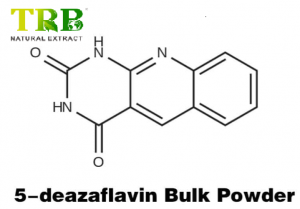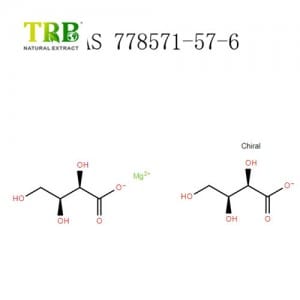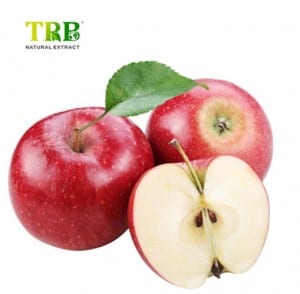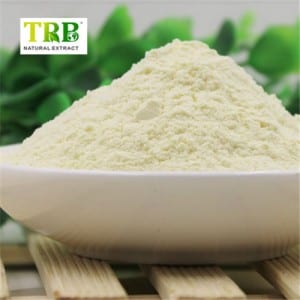Comprehensive Product Guide: Kojic Acid Dipalmitate 98% (HPLC) for Skin Whitening and Anti-Aging
1. Introduction to Kojic Acid Dipalmitate
Kojic Acid Dipalmitate (KAD, CAS 79725-98-7) is a liposoluble derivative of kojic acid, renowned for its superior stability, efficacy, and safety in cosmetic formulations. As a next-generation tyrosinase inhibitor, it effectively reduces melanin synthesis, addresses hyperpigmentation, and promotes even skin tone. With a purity of 98% verified by HPLC, this ingredient is ideal for high-end skincare products targeting dark spots, melasma, and age-related discoloration .
Key Applications:
- Skin Lightening: Inhibits melanin production by blocking tyrosinase activity, outperforming traditional kojic acid .
- Anti-Aging: Reduces fine lines and enhances skin elasticity through antioxidant properties .
- Multifunctional Formulations: Compatible with serums, creams, sunscreens, and anti-acne products .
2. Chemical and Physical Properties
Molecular Formula: C₃₈H₆₆O₆
Molecular Weight: 618.93 g/mol
Appearance: White to off-white crystalline powder
Melting Point: 92–95°C
Solubility: Oil-soluble (compatible with esters, mineral oils, and alcohols) .
Stability Advantages:
- pH Range: Stable at pH 4–9, ideal for diverse formulations .
- Thermal/Light Resistance: No oxidation or discoloration under heat or UV exposure, unlike kojic acid .
- Metal Ion Resistance: Avoids chelation, ensuring long-term color stability .
3. Mechanism of Action
KAD works through a dual mechanism:
- Tyrosinase Inhibition: Blocks the enzyme’s catalytic site, preventing melanin synthesis. Studies show 80% higher efficacy than kojic acid .
- Controlled Release: Esterases in the skin hydrolyze KAD into active kojic acid, ensuring sustained depigmentation .
Clinical Benefits:
- Reduces age spots, post-inflammatory hyperpigmentation (PIH), and melasma .
- Enhances sunscreen efficacy by minimizing UV-induced melanogenesis .
4. Advantages Over Kojic Acid
| Parameter | Kojic Acid | Kojic Acid Dipalmitate |
|---|---|---|
| Stability | Oxidizes easily, turns yellow | Heat/light stable, no discoloration |
| Solubility | Water-soluble | Oil-soluble, better skin absorption |
| Irritation Risk | Moderate (pH-sensitive) | Low (gentle for sensitive skin) |
| Formulation Flexibility | Limited to acidic pH | Compatible with pH 4–9 |
5. Formulation Guidelines
Recommended Dosage: 1–5% (3–5% for intensive whitening) .
Step-by-Step Incorporation:
- Oil Phase Preparation: Dissolve KAD in isopropyl myristate/palmitate at 80°C for 5 minutes .
- Emulsification: Mix oil phase with aqueous phase at 70°C, homogenize for 10 minutes .
- pH Adjustment: Maintain pH 4–7 for optimal stability .
Sample Formula (Whitening Serum):
| Ingredient | Percentage |
|---|---|
| Kojic Acid Dipalmitate | 3.0% |
| Niacinamide | 5.0% |
| Hyaluronic Acid | 2.0% |
| Vitamin E | 1.0% |
| Preservatives | q.s. |
6. Safety and Compliance
- Non-Carcinogenic: Regulatory bodies (EU, FDA, China CFDA) approve KAD for cosmetic use. Studies confirm no carcinogenic risk .
- Certifications: ISO 9001, REACH, and Halal/Kosher options available .
- Eco-Friendly: Sourced from non-GMO, cruelty-free raw materials .
7. Packaging and Logistics
Available Sizes: 1 kg, 5 kg, 25 kg (customizable)
Storage: Cool, dry environment (<25°C), protected from light .
Global Shipping: DHL/FedEx for samples (3–7 days), sea freight for bulk orders (7–20 days) .
8. Why Choose Our KAD 98% (HPLC)?
- Purity Guarantee: 98% verified by HPLC, with COA and MSDS provided .
- R&D Support: Free technical consultation and sample testing .
- Sustainable Sourcing: Partnering with ECOCERT-certified suppliers .
9. FAQs
Q: Is KAD safe for dark skin tones?
A: Yes. Its low irritation profile makes it suitable for Fitzpatrick skin types IV–VI .
Q: Can KAD replace hydroquinone?
A: Absolutely. KAD offers comparable efficacy without cytotoxicity .
Keywords: Kojic Acid Dipalmitate, Skin Whitening Agent, Tyrosinase Inhibitor, Melanin Reduction, Cosmetic Formulation Guide, Hyperpigmentation Treatment, Stable Whitening Ingredient.
Description: Discover the science behind Kojic Acid Dipalmitate 98% (HPLC)—a stable, non-irritating skin brightener. Learn its formulation tips, mechanism, and safety data for EU/US markets.







